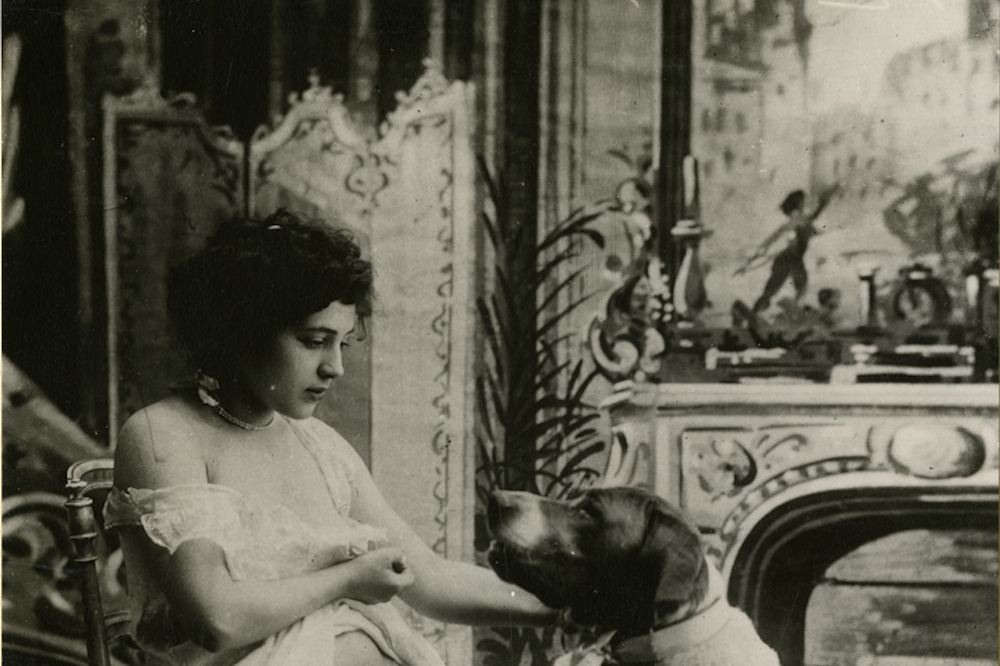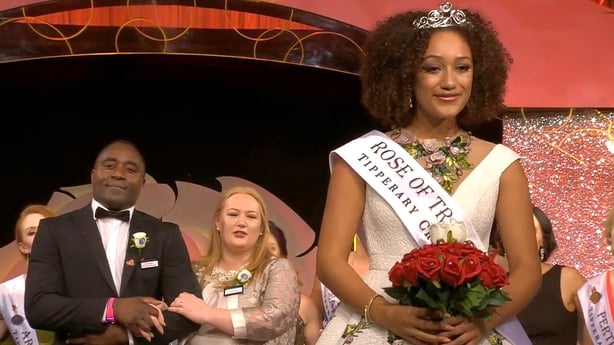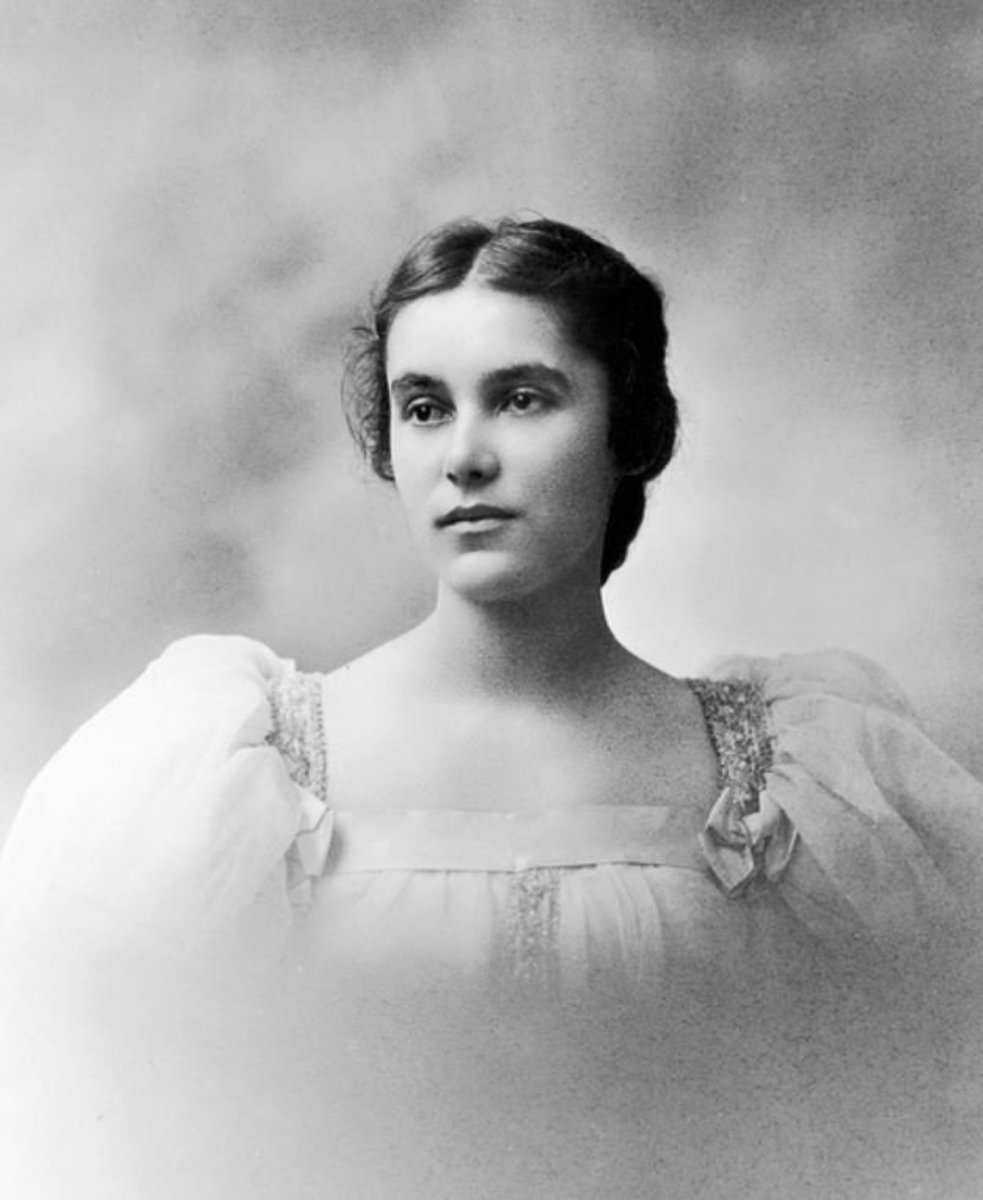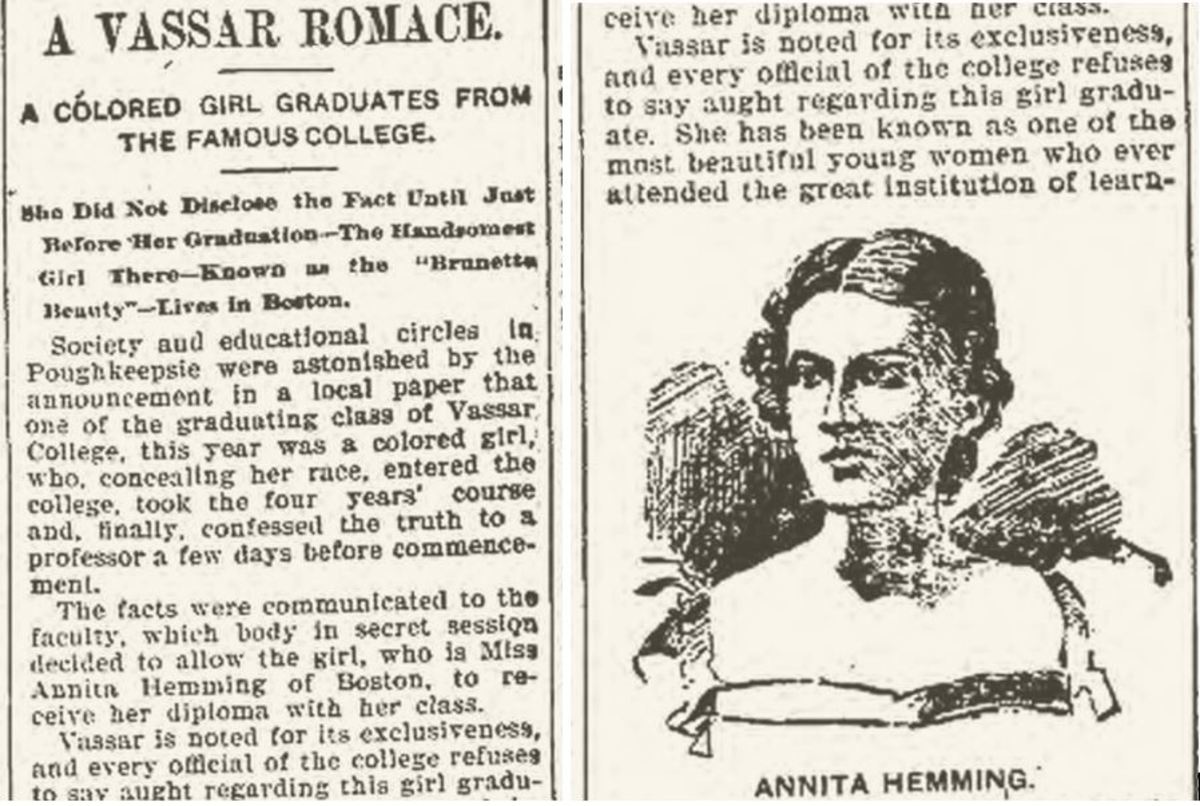When Asian Women Are Harassed for Marrying Non-Asian MenPosted in Articles, Asian Diaspora, Media Archive, United States, Women on 2018-10-14 00:14Z by Steven |
When Asian Women Are Harassed for Marrying Non-Asian Men
The Cut
2018-10-12
The men who harass me know three things: I’m Chinese-American, my husband is white, and our son is multiracial. You hate Asian men, they insist; you hate your own child. You hate yourself. I once received 27 tweets — calling me everything from “irrelevant” to “liar” to “coward” to “neglectful gaslighting mother” — in 48 hours, from one person. I save these messages in a folder on my computer to document the abuse. Whenever I upgrade my laptop, I copy them over, little packets of poison I must keep and carry forever.
![]()
I’ve gotten messages like this for more than four years, ever since my first novel — featuring a family with an Asian father and a white mother — was published and my own mixed family became public knowledge. But this message arrived in August — #AsianAugust, some were calling it, because of the huge success of Asian-centered films like Crazy Rich Asians, Searching, and To All the Boys I’ve Loved Before. It was a moment when Asian-Americans were celebrating as a community, yet here was a hate message plummeting out of the blue into my inbox. And like most of the harassing messages I receive, it came from an Asian man…
Read the entire article here.








